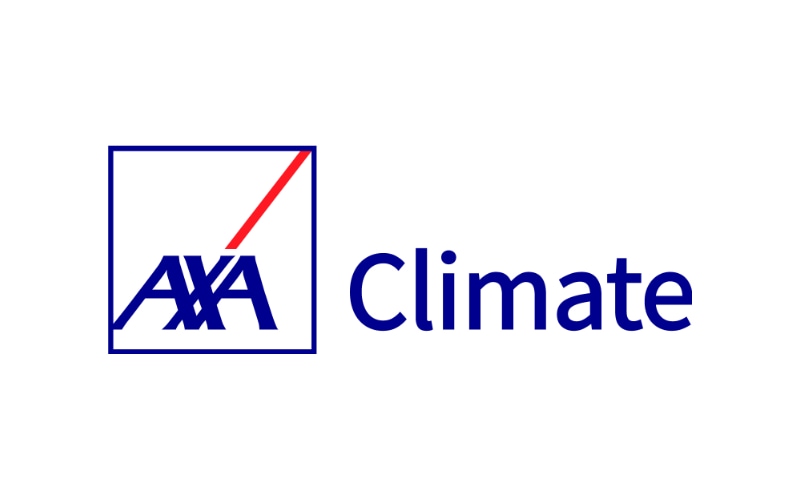AXA Climate introduces new Altitude platform to aid business adaptation to climate change
- July 20, 2025
- Posted by: Taylor Mixides
- Category: Insurance

AXA Climate, a division of the global insurance group AXA, has launched Altitude, an innovative platform aimed at helping businesses measure the impact of climate risks, create effective adaptation strategies, and comply with the Corporate Sustainability Reporting Directive (CSRD).
According to Théophile Bellouard, Director of Altitude by AXA Climate, the platform is powered by proprietary data derived from the latest IPCC report.
It provides companies with medium- and long-term climate risk assessments, taking into account local characteristics, industry specifics, and biodiversity to help organisations understand how climate risks affect their operations.
Bellouard highlights that Altitude is designed to assist businesses in “anticipating and measuring the impact on their activities” and in implementing necessary adaptation strategies.
AXA Climate, which has long supported industrial businesses through consulting and training, is now expanding its offering with Altitude to strengthen its climate adaptation solutions.
Bellouard emphasises that the platform’s development involved extensive collaboration with CSR managers and risk managers, longstanding partners of AXA Climate, to ensure it meets the needs of the industry.
Altitude’s core value lies in providing companies with a data- and science-based solution to manage growing climate risks.
He further explains that the platform allows businesses to identify sites that are most vulnerable to climate risks, assess potential impacts, and define strategic adaptation measures.
For example, a global agri-food company used Altitude to forecast that, under certain IPCC scenarios, the duration of heat waves affecting one of its refrigerated warehouses could increase from 10 days per year to over 40 by 2050.
This scenario would significantly disrupt working conditions and refrigeration operations. Elodie Dunant, Risk Manager at Forvia, praised Altitude’s practical application, stating that it provides “the usefulness for risk managers of analysing the exposure of assets to climate risks and assessing potential claims.”
Bellouard underscores that Altitude also plays a crucial role in business growth decisions, such as developing new assets or during mergers and acquisitions, by assessing present and future risks at target sites. He stresses that companies need to adapt to increasing climate hazards by modifying their buildings, processes, and site management practices.
Altitude offers detailed vulnerability diagnostics and suggests potential adaptation measures tailored to specific business environments. For instance, Michelin’s team appreciates “the catalogue of adaptation solutions, which helps them to guide their strategic decisions.”
Bellouard cites the example of a European pharmaceutical company that used Altitude to identify a high risk of water stress at one of its plants in Mexico, where water usage is critical. After consulting Altitude’s recommendations and involving local management, the company implemented a more water-efficient cleaning system to mitigate water stress risks.
Moreover, Altitude enables businesses to assess risks across their entire supply chain, helping purchasing teams to engage with exposed suppliers to understand their level of climate adaptation.
Bouygues Group’s climate coordinator highlights how valuable the platform is, noting “the relevance of the tool for assessing dependencies and vulnerabilities to environmental challenges, in a context of multiple crises.”
Bellouard points out that Altitude was developed through a user-centric approach, incorporating feedback from over 70 interviews, user tests, and participation from 20 beta-testing companies.
This method ensured the platform addressed the specific needs of its users. The CSR managers at Imerys and Sandaya praised the platform’s “quality of the visualisation” and the “time saved” using the tool. Knauf’s risk management teams were particularly impressed by the “cartographic, interactive, and intuitive” aspects of Altitude, which make it easy to navigate and apply.
Altitude is also aligned with the growing regulatory requirements businesses face, particularly under the CSRD. Bellouard emphasises that the platform provides accurate scientific data to support the Dual Materiality matrix and other non-financial reporting requirements for the 50,000 companies that will need to report under CSRD. Altitude helps meet both climate risk (ESRS E1) and biodiversity risk (ESRS E4) reporting obligations.
Reflecting on the broader context of climate change, underscores the importance of Altitude as a decision-making tool for businesses. Explaining, “Faced with the urgency of climate change and its growing effects, Altitude is an essential decision-making tool, based on rigorous scientific data.”
The platform allows companies to model various climate adaptation measures and determine the most effective strategies to protect their operations.
In Bellouard’s view, AXA Climate’s commitment to sustainability is strengthened through Altitude, as it empowers businesses to take action towards a more resilient and sustainable future.
This website states: The content on this site is sourced from the internet. If there is any infringement, please contact us and we will handle it promptly.



